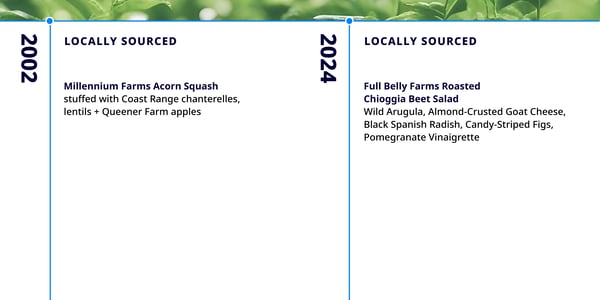For most people, food provides much more than simple sustenance. Time spent with family and friends often centers around meals, and what we eat conjures memories that can transport us to different times in our lives. In the context of the workplace, food also facilitates connections with our colleagues and helps organizations promote the whole-person health of employees.
Food programming is a critical component not only of attracting people to the workplace, but also for boosting their overall well-being. However, this perspective on how food can shape workplace wellness hasn’t always been so refined. Alongside the rise of awareness around food allergies and conditions like celiac disease, food programming has changed to be more reflective of the complex needs and desires of modern workers.
“When I was young and just getting started in the culinary industry, food allergies and dietary restrictions weren’t really something we thought much about,” says Rick Green, a Regional Executive Chef for ISS Guckenheimer in the San Francisco area. “Since then, there’s been a massive uptick in awareness of food allergies, dietary restrictions, plant-based diets—these things have entered the mainstream and there’s now more of a focus on health and well-being through nourishment.”
This transition to more thoughtful food consumption has driven significant changes in individual preferences and service delivery, with everyone from the C-suite to frontline workers enjoying a greater emphasis on high-quality ingredients and more local, sustainable eating options.
The Growth of Curated Cuisine
Sharing a meal has always been one of the key components of workplace connection. But over the past twenty years, what we eat in and around the office has shifted to meet the needs of a diverse workforce, offering people more options, new flavors, and accommodations for specific dietary requirements. Especially for food management organizations and caterers, food programs weren’t always so varied and centered around health.




